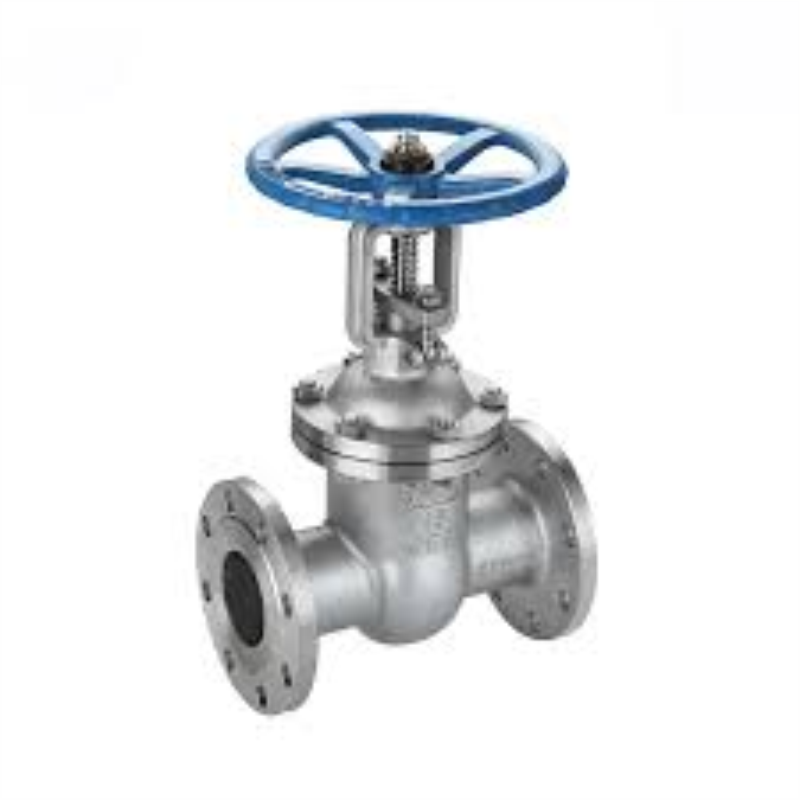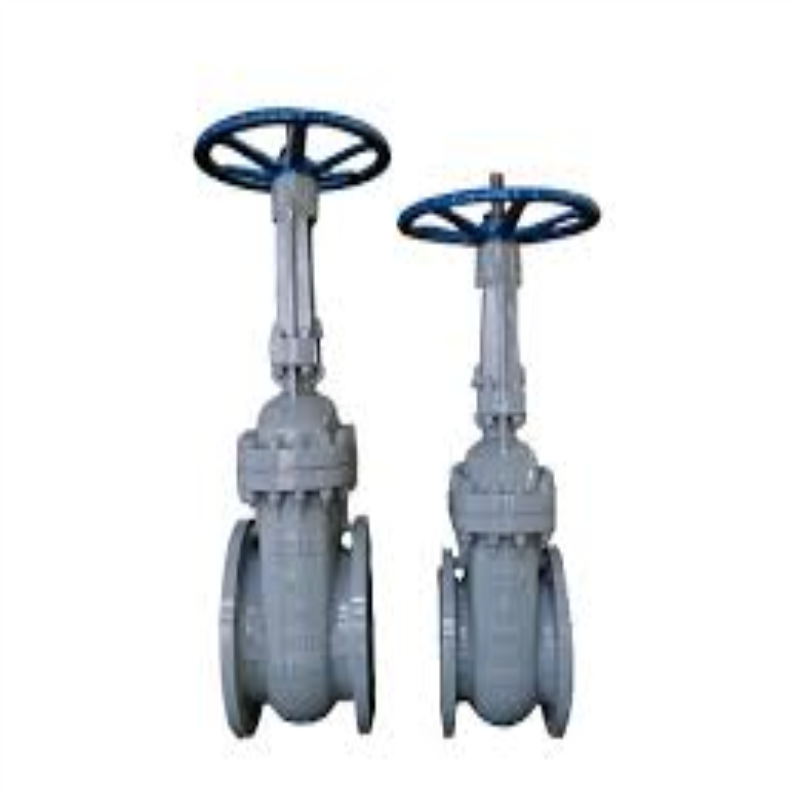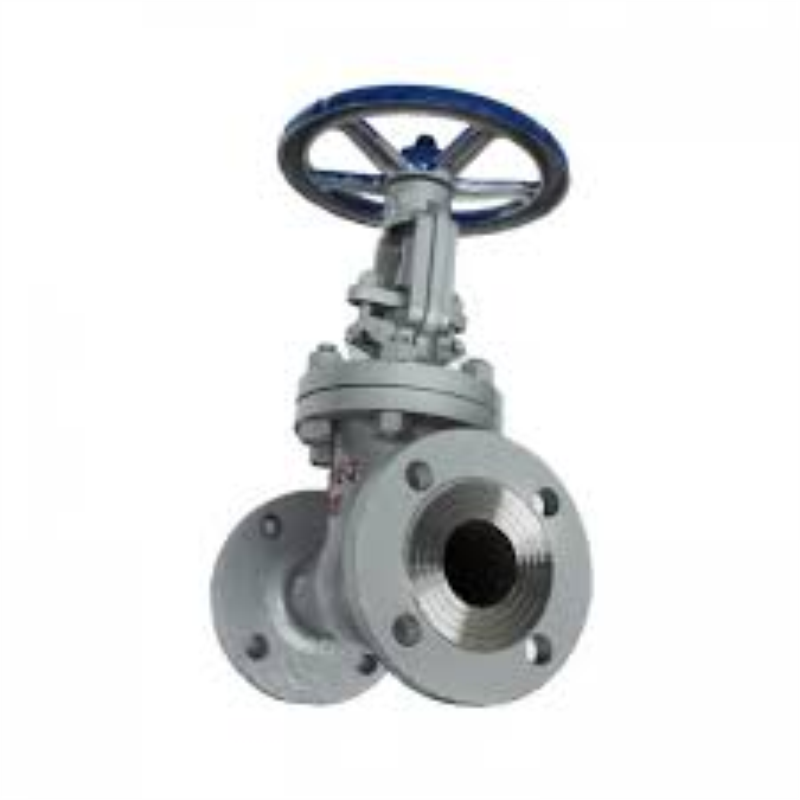Manual gate valves, though crucial in fluid control systems, can sometimes encounter the problem of not sealing properly, leading to leaks. Addressing this issue promptly is essential to prevent further complications and ensure system efficiency.

First and foremost, inspect the valve’s sealing surface. Damage or wear on this surface can be a primary cause of leaks. If identified, the sealing face may require repair or replacement. Ensure that the replacement parts are compatible and of high quality to restore proper sealing.

Next, check for any debris or blockages within the valve. Dirt or foreign objects can get trapped, hindering the valve’s full closure. Thoroughly clean the valve interior to remove any obstacles and allow the sealing surfaces to meet seamlessly.

Additionally, examine the valve stem for signs of bending or breakage. A compromised stem can prevent the valve from closing fully. If damaged, the stem must be repaired or replaced to restore proper functionality.

Furthermore, consider the material of the valve itself. Incompatible or inferior materials may not withstand operational pressures and temperatures, resulting in leaks. Upgrading to a more suitable material can significantly improve valve performance and longevity.

Lastly, ensure that the valve is properly installed and all connections, including flanges and piping, are tight and secure. Loose connections can also contribute to leaks. Tightening bolts and verifying the integrity of the installation can help rectify the issue.

In conclusion, addressing leaky manual gate valves requires a systematic approach, from inspecting the sealing surface to ensuring proper installation. By promptly identifying and rectifying the root cause, we can prevent further damage and maintain the efficiency of our fluid control systems.
